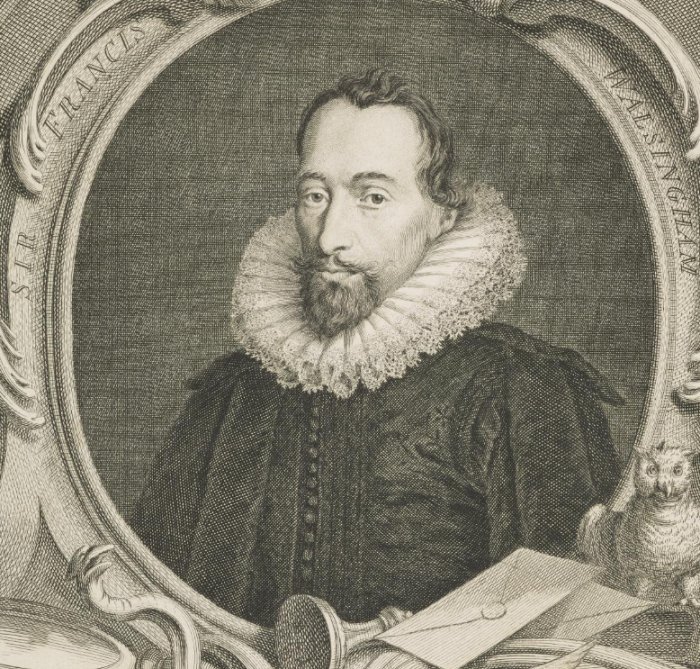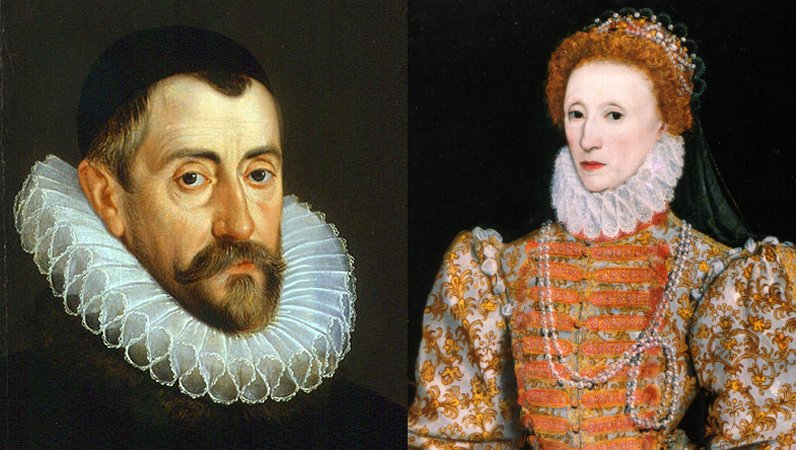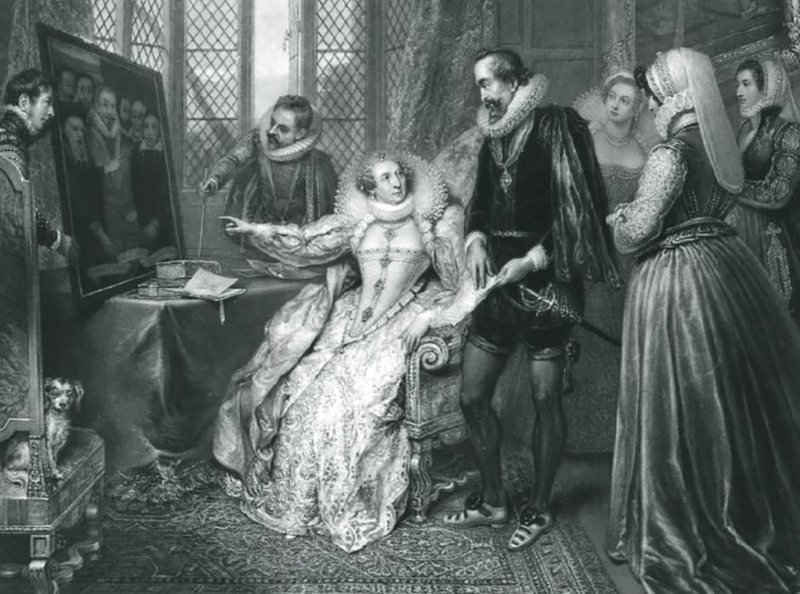Sir Francis Walsingham: Spymaster, Politician And Trusted Adviser To Queen Elizabeth I
A. Sutherland - AncientPages.com - Francis Walsingham was an English politician and most trusted adviser to Queen Elizabeth I (1533–1603). He served her faithfully for about 30 years, until the end of his life.
Sir Francis Walsingham, c 1530 - 1590. Secretary of State and diplomatist. Image credit: National Galleries Scotland.
Walsingham And His Apparatus Of Spies
He became the father of modern espionage thanks to an enormous arsenal of secret methods. He created this complicated apparatus; he developed a domestic and foreign spy network that contributed to the detection of several well-organized Catholic plots against Elisabeth I.
Sir Francis gathered intelligence regarding the Spanish Armada and also revealed a plot against Elisabeth involving Mary, Queen of Scots.
As a result, he effectively used his power to have Mary executed.
Sir Francis Walsingham was born in 1532, so he was a contemporary of Elizabeth I, but he died several years earlier than she did. He lived in an era when politics and religion were closely linked, and King Henry’s VIII’s influence was weakening.
Left: Sir Francis Walsingham made 1585 by John de Critz. Credit: Public Domain - Right: The "Darnley Portrait" of Elizabeth I of England. Public Domain
England was reborn as a Protestant kingdom where the king's commands were absolute, second only to God.
But it was not for long. When the king’s only son and successor, Edward VI died in 1553 after a short time on the throne (he was only 16), his Catholic sister Mary took over. Under Mary’s strict regime, England was forced back to Catholicism.
Protestants began to flee from Mary’s politics of purification, and so did Walsingham, who was forced to live in exile in Switzerland.
When Elizabeth I, a protestant, came to the throne, these 'exiles' (along with Walsingham) began to return to the country.
Sir Francis – Spymaster And Smart, Intelligent Politician
In the following years, he began to build a network of contacts in Europe and to form alliances with European Protestants and a strong relationship with other English ‘exiles’.
Francis Walsingham understood he had to protect Elisabeth because the young queen soon became the target of attackers who wanted to overthrow her and replace her with niece Mary I of Scotland (Maria Stuart).
At first, it was William Cecil (1520 – 1598) who was the chief advisor of Queen Elizabeth I and supervised the intelligence work, but gradually, as the plots against the Queen became more dangerous and difficult to reveal, Elisabeth turned to Walsingham.
Seventeenth-century engraving of Queen Elizabeth with William Cecil (left) and Francis Walsingham (right). Credit: Wellcome Images, CC BY 4.0
In 1559, he joined the Queen's first Parliament, which was still trying to unite the nation after the reign of Mary I. Formally, Walsingham was admitted to royal service only ten years from the beginning of Elizabeth's reign.
Walsingham, known as a tight-lipped and pious Puritan, was a smart and cautious politician who could anticipate and deduce with incredible precision. He supervised the internal and external policy as well as the religious policy of England.
His ambition was to expand English maritime power and colonization. Besides, he supported the unification of Scotland and England.
Creation Of An Advanced And Complex Network Of Spies
Walsingham was an expert in tracking down double agents and traitors.
Walsingham established an intelligence service for the Queen by linking spies at various locations across the European continent.
As a passionate Protestant, he let his spies investigate their respective countries' views of Elisabeth, because he wanted to know whether there were any conspiracies against Elisabeth.
The Queen’s spymaster trusted no one, so even the Pope in Rome was interrogated.
His Spies Were Usually Young And Educated
Walsingham created his own school for spies and used a unique number combination to identify each announcement or statement. He used all sorts of methods, including torture and propaganda.
In 1583, his spy network functioned perfectly. For example, it revealed the so-called Throckmorton Plot, one of a series of attempts by English Roman Catholics to remove Elizabeth I of England and replace her with Mary, Queen of Scots (then held under house arrest in England).
Queen Elizabeth attended by Sir Francis Walsingham, a mezzotint from 1830 by John Charles Bromley. Credit: Public Domain
In the Throckmorton Plot (financed by Spain) a conspirator was involved. His name was Sir Francis Throckmorton, and he was a cousin of Bess Throckmorton, a lady in waiting to Queen Elizabeth.
Sir Walsingham had many skilled cryptographers, too. Thomas Phellippes, his secretary, was one of them. Today, he is considered England's first true cryptanalyst and an expert decipherer of captured papers.
Phellippes spied abroad and was employed by William Cecil - Lord Burghley. It was Phellippes, who deciphered the secret messages showing that Mary Stuart was an active plotter in the conspiracy against Elisabeth I.
Francis Walsingham believed that Mary Queen of Scots would continue to be behind many similar conspiracies as long as she lived. Therefore she had to die.
She was beheaded in February 1587.
Three years later, Walsingham died in 1590. He achieved much and was ahead of his time in his work. He had built England's first real intelligence and security service; he created a national and international spy network.
Thanks to him, Queen Elizabeth I could die of natural causes instead of being murdered.
Written by – A. Sutherland - AncientPages.com Senior Staff Writer
Copyright © AncientPages.com All rights reserved. This material may not be published, broadcast, rewritten or redistributed in whole or part without the express written permission of AncientPages.com
Expand for referencesReferences:
Harrison G.B. An Elizabethan Journal, Volym 1
Budiansky S. Her Majesty's Spymaster
A Dictionary of World History (edited by Edmund Wright,)
More From Ancient Pages
-
 Did Queen Nitocris Build A Secret Underground Chamber To Commit Murder?
Featured Stories | May 23, 2024
Did Queen Nitocris Build A Secret Underground Chamber To Commit Murder?
Featured Stories | May 23, 2024 -
 On This Day In History: Grote Reber, Great Amateur Astronomer And Ham Radio Operator Born – On Dec 22, 1911
News | Dec 22, 2016
On This Day In History: Grote Reber, Great Amateur Astronomer And Ham Radio Operator Born – On Dec 22, 1911
News | Dec 22, 2016 -
 Mysterious Artifacts Scattered Around Mount Baigong, China
News | Jun 23, 2014
Mysterious Artifacts Scattered Around Mount Baigong, China
News | Jun 23, 2014 -
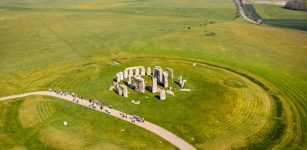 Controversial Tunnel Plan Near Stonehenge Gets U.K. Government Approval – Shocked And Angry Opponents Will Challenge The Decision In High Court
News | Nov 13, 2020
Controversial Tunnel Plan Near Stonehenge Gets U.K. Government Approval – Shocked And Angry Opponents Will Challenge The Decision In High Court
News | Nov 13, 2020 -
 New Study Challenges Theories Of Earlier Human Arrival In Americas – Archaeological Evidence Has Been Misinterpreted – Scientists Say
Archaeology | Apr 21, 2022
New Study Challenges Theories Of Earlier Human Arrival In Americas – Archaeological Evidence Has Been Misinterpreted – Scientists Say
Archaeology | Apr 21, 2022 -
 Hidden Tunnel In Tokat Castle – ‘The Dungeon Of Dracula’ – To Open Soon
News | Sep 22, 2015
Hidden Tunnel In Tokat Castle – ‘The Dungeon Of Dracula’ – To Open Soon
News | Sep 22, 2015 -
 Strange Bodies And Skulls Of Ancient Unknown Mighty Warriors Found In Virginia
Featured Stories | Sep 10, 2024
Strange Bodies And Skulls Of Ancient Unknown Mighty Warriors Found In Virginia
Featured Stories | Sep 10, 2024 -
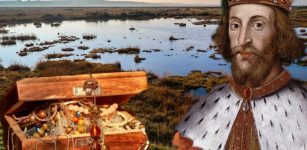 Bad King John’s Lost Treasure May Be Hidden Near The Walpole Marsh In The Fenlands – Archaeologists Say
Archaeology | Mar 27, 2024
Bad King John’s Lost Treasure May Be Hidden Near The Walpole Marsh In The Fenlands – Archaeologists Say
Archaeology | Mar 27, 2024 -
 Evidence Of An Advanced Ancient Civilization In Texas That Mysteriously Disappeared
Featured Stories | Jul 18, 2024
Evidence Of An Advanced Ancient Civilization In Texas That Mysteriously Disappeared
Featured Stories | Jul 18, 2024 -
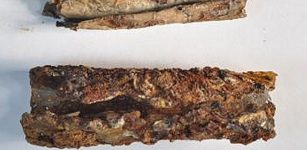 CT Scanning And 3D-Modelling Used To ‘Unfold’ Ancient Silver Plate Found In Jerash
Archaeology | Dec 26, 2015
CT Scanning And 3D-Modelling Used To ‘Unfold’ Ancient Silver Plate Found In Jerash
Archaeology | Dec 26, 2015 -
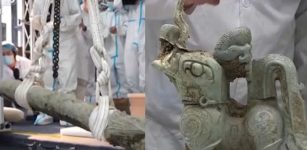 Statue Of Unknown Mythical Beast With Four Wings Discovered
Archaeology | Sep 1, 2022
Statue Of Unknown Mythical Beast With Four Wings Discovered
Archaeology | Sep 1, 2022 -
 Amanitore – Nubian Warrior Queen And Her Pyramids
Historical Figures | Aug 13, 2018
Amanitore – Nubian Warrior Queen And Her Pyramids
Historical Figures | Aug 13, 2018 -
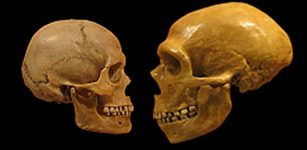 Neanderthals Had Capacity To Speak And Understand Language Like Humans
Archaeology | Mar 2, 2021
Neanderthals Had Capacity To Speak And Understand Language Like Humans
Archaeology | Mar 2, 2021 -
 Are We Really In A Sixth Mass Extinction?
News | Apr 11, 2023
Are We Really In A Sixth Mass Extinction?
News | Apr 11, 2023 -
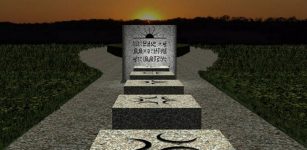 Mysterious Yamacutah – A Sacred Native American Indian Shrine
Artifacts | Sep 18, 2020
Mysterious Yamacutah – A Sacred Native American Indian Shrine
Artifacts | Sep 18, 2020 -
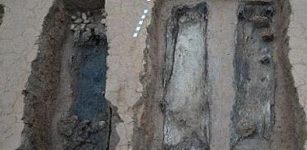 Large Collection Of 2,200-Year-Old Tombs With Boat Coffins Made Of Nanmu Wood, Unearthed In SW China
Archaeology | Feb 10, 2017
Large Collection Of 2,200-Year-Old Tombs With Boat Coffins Made Of Nanmu Wood, Unearthed In SW China
Archaeology | Feb 10, 2017 -
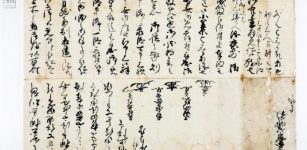 Historical Document Confirms Martyrdom Of Japanese Christian Retainers 400 Years Ago
News | Feb 26, 2021
Historical Document Confirms Martyrdom Of Japanese Christian Retainers 400 Years Ago
News | Feb 26, 2021 -
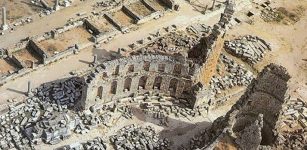 5,000-Year-Old Perga City And Kommagene Civilization: Most Of Treasures Are Still Underground
Archaeology | Dec 30, 2017
5,000-Year-Old Perga City And Kommagene Civilization: Most Of Treasures Are Still Underground
Archaeology | Dec 30, 2017 -
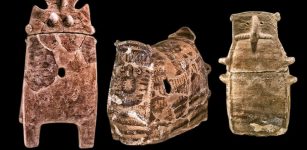 Blue Eyed People In Northern Israel 6,500 Years Ago: New DNA Results
Archaeology | Aug 22, 2018
Blue Eyed People In Northern Israel 6,500 Years Ago: New DNA Results
Archaeology | Aug 22, 2018 -
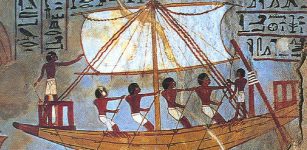 Mysterious Sherbrooke Stones – Did Africans Visit North America 2,500 Years Ago?
Artifacts | Nov 23, 2017
Mysterious Sherbrooke Stones – Did Africans Visit North America 2,500 Years Ago?
Artifacts | Nov 23, 2017

